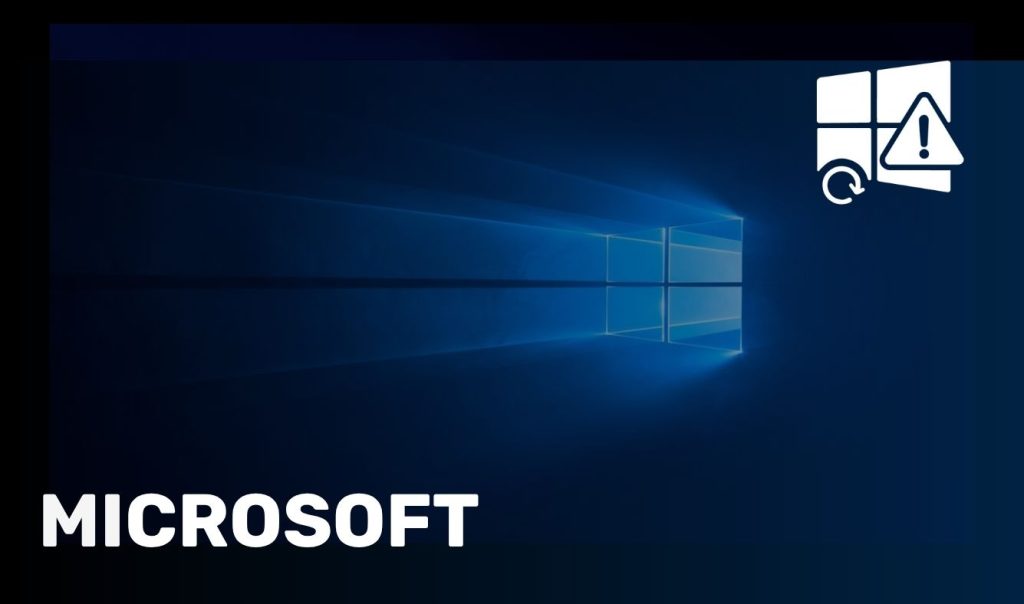Tracking key performance metrics and Key Performance Indicators (KPIs) is crucial for assessing the effectiveness of your managed IT services provider. These metrics help ensure that the services delivered meet your business needs and expectations.

Key Metrics While working with a Managed IT Services Provider
1- Service Level Agreement (SLA) Compliance
What It Is:
SLA compliance measures the extent to which the managed IT provider adheres to the service level agreement’s specified standards. This includes aspects such as response times, resolution times, uptime guarantees, and the overall quality of service.
Why It’s Important:
SLA compliance is a critical metric because it directly impacts the reliability and efficiency of your business operations. Regularly monitoring SLA compliance helps ensure that the provider is fulfilling their contractual obligations and delivering consistent service. It also allows for early detection of potential service issues, enabling proactive management.
Key Metrics:
- Response Time: The time taken to acknowledge a service request. Quick response times are indicative of a responsive support team.
- Resolution Time: The time taken to resolve an issue or complete a service request. This metric is crucial for minimising operational disruptions.
- Uptime: The percentage of time that systems are operational and accessible. High uptime is essential for ensuring business continuity and minimizing productivity loss.
2- Incident Response and Resolution
What It Is:
This metric evaluates the provider’s ability to manage and resolve incidents, such as technical failures, outages, and security breaches. It measures the efficiency and effectiveness of the incident management process.
Why It’s Important:
Effective incident management is vital for minimizing downtime and ensuring that business operations are not significantly disrupted. It reflects the provider’s ability to respond swiftly to problems and restore normalcy, which is crucial for maintaining trust and satisfaction.
Key Metrics:
- Incident Frequency: The number of incidents reported over a specific period. A lower frequency suggests stable and reliable systems.
- Average Resolution Time: The average time required to resolve incidents. Faster resolution times reduce the impact on business operations and customer satisfaction.
- First Contact Resolution Rate: The percentage of incidents resolved during the initial contact without needing escalation. A high rate indicates that issues are effectively handled at the first level of support, enhancing efficiency and customer satisfaction.
3- System and Network Performance
What It Is:
System and network performance metrics assess the efficiency, speed, and reliability of your IT infrastructure. This includes monitoring aspects such as data transfer speeds, system responsiveness, and the availability of network resources.
Why It’s Important:
Optimal system and network performance is critical for maintaining smooth business operations. Poor performance can lead to slowdowns, bottlenecks, and even complete outages, all of which can hinder productivity and negatively impact the user experience.
Key Metrics:
- Network Latency: The time it takes for data to travel from one point to another in the network. Low latency is essential for applications that require real-time data transmission.
- Bandwidth Utilization: The percentage of the network’s capacity being used. Monitoring this metric helps in planning for capacity needs and avoiding congestion.
- System Downtime: The total duration when systems are unavailable. Minimizing downtime is crucial for ensuring continuous business operations and customer service.
4- Security and Compliance
What It Is:
Security and compliance metrics evaluate the managed IT security services provider ’s ability to protect your data and IT infrastructure from threats. This includes assessing the effectiveness of security protocols, incident detection and response capabilities, and compliance with industry regulations.
Why It’s Important:
In an era of increasing cyber threats, robust security measures are essential for protecting sensitive information and maintaining customer trust. Compliance with industry standards and regulations is also critical to avoid legal penalties and protect the business’s reputation.
Key Metrics:
- Number of Security Incidents: The frequency of security breaches or incidents. Fewer incidents indicate better preventive measures.
- Time to Detect and Mitigate Threats: The time taken to identify and neutralize security threats. Quicker detection and mitigation minimize potential damage.
- Compliance Status: Adherence to regulatory standards such as GDPR, HIPAA, or PCI-DSS. Ensuring compliance protects the business from legal risks and enhances credibility.
5- Customer Satisfaction and Feedback
What It Is:
Customer satisfaction and feedback metrics gauge the quality of the services provided by the managed IT support provider. This includes direct feedback from users, satisfaction surveys, and other forms of qualitative and quantitative assessments.
Why It’s Important:
High customer satisfaction is an indicator that the managed IT services provider is meeting or exceeding the client’s expectations. Monitoring these metrics helps identify areas where the provider excels and where improvements are needed, fostering continuous improvement and stronger partnerships.
Key Metrics:
- Customer Satisfaction Score (CSAT): A metric based on customer feedback collected through surveys. It measures the overall satisfaction with the service.
- Net Promoter Score (NPS): Assesses customer loyalty by asking how likely they are to recommend the provider’s services. A high NPS indicates strong customer loyalty and satisfaction.
- Customer Retention Rate: The percentage of customers retained over a specific period. High retention rates suggest that customers are satisfied and see value in the services provided.
6- Cost Efficiency
What It Is:
Cost efficiency metrics evaluate the financial benefits of using managed IT support and services compared to the costs incurred. This includes assessing the return on investment (ROI), total cost of ownership (TCO), and overall cost savings achieved.
Why It’s Important:
Understanding the financial impact of managed IT services helps businesses justify their investment and identify potential areas for cost optimization. It ensures that the services provided are delivering value for money and contributing to the organization’s financial health.
Key Metrics:
- Total Cost of Ownership (TCO): The overall cost associated with managed IT services, including direct costs (like fees and charges) and indirect costs (such as downtime and efficiency losses). Lower TCO indicates better cost management.
- Return on Investment (ROI): The financial return derived from the managed IT services relative to the investment made. A high ROI indicates that the services are contributing positively to the business’s bottom line.
- Cost Savings: The reduction in costs achieved through the managed IT services, such as savings on infrastructure, staff, and maintenance. This metric highlights the financial efficiencies gained through outsourcing.
7- Scalability and Flexibility
What It Is:
Scalability and flexibility metrics assess the provider’s ability to adapt services to the changing needs of the business, including scaling up or down and integrating new technologies.
Why It’s Important:
As businesses grow and their needs evolve, they require IT services that can scale and adapt accordingly. A managed IT services provider ’s ability to offer scalable solutions ensures that the business can continue to operate efficiently without interruptions or constraints.
Key Metrics:
- Service Scalability: The provider’s capacity to scale services up or down based on demand. This metric is critical for supporting business growth or downsizing.
- Adaptability: The provider’s ability to implement new technologies or services quickly and efficiently. High adaptability is crucial for keeping pace with technological advancements and market demands.
- Capacity Planning: The provider’s effectiveness in anticipating and planning for future IT needs. Effective capacity planning ensures that the business can handle increased workloads and new projects without delays or disruptions.
8- Innovation and Technology Adoption
What It Is:
This metric tracks the provider’s commitment to innovation and the adoption of new technologies. It evaluates how often the services provider introduces new solutions and stays updated with industry trends.
Why It’s Important:
Innovation and technology adoption are crucial for maintaining a competitive edge in the market. Providers who invest in the latest technologies can offer more advanced and efficient solutions, helping businesses leverage new tools and capabilities for growth and efficiency.
Key Metrics:
- Technology Refresh Rate: The frequency at which new technologies and solutions are implemented. A higher refresh rate indicates a proactive approach to technology adoption.
- R&D Investment: The amount of resources allocated to research and development. Significant investment in R&D reflects a focus on innovation and staying ahead of industry trends.
- Innovation Index: A composite measure of how often the provider introduces innovative solutions, products, or improvements. A high innovation index indicates a strong commitment to continuous improvement and leadership in the industry.
Monitoring these key metrics and KPIs is essential for evaluating the performance and effectiveness of your managed IT service providers. Regular assessment ensures that the services are aligned with your business goals, delivering optimal value, and supporting growth. Additionally, tracking these metrics helps identify areas for improvement and ensures that the IT managed services provider continues to meet your evolving needs.
Contact Creative Networks Today
Looking for a reliable Managed IT Provider?
Contact Creative Networks today to learn how we can help you optimise your IT infrastructure, enhance security, and improve overall efficiency.
Let our team of experts provide you with the support and solutions you need to drive your business forward.




